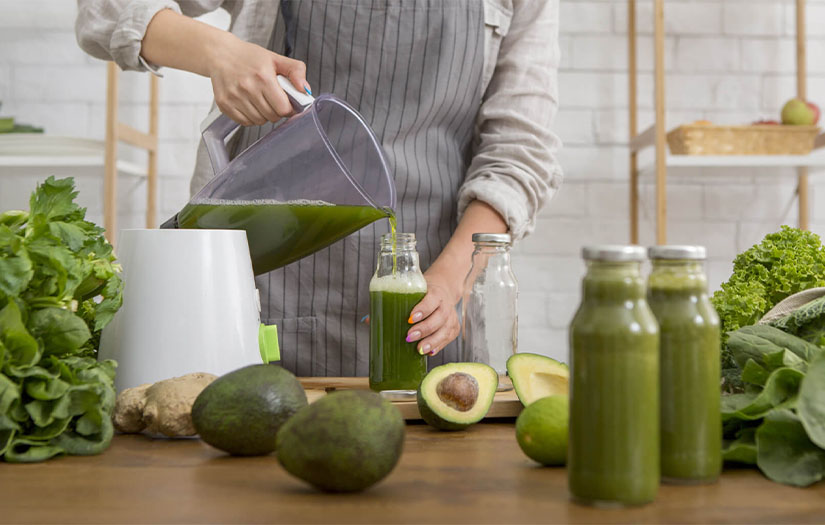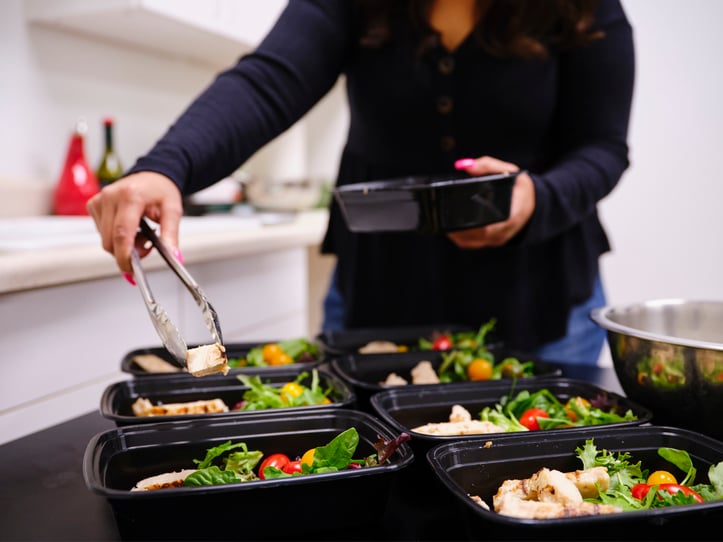With the hot weather upon us in the northern hemisphere, this marks a time for many to get outdoors and enjoy the warm weather, but caution should always be exercised given the potential risks for dehydration.
Fluid is perhaps the most important, but least recognized nutrient/compound we need to ingest, given how the body cannot survive more than a few days without it in comparison to food where the body can survive without it for much longer.
Before discussing effective methods by which we can monitor hydration, take a brief moment to reflect upon the existing strategies you utilize to verify hydration for yourself and your clients (as a Nutrition Professional. Do you rely upon the sensation of thirst as your guide, daily weight fluctuations or perhaps urine color to monitor fluid needs?
Considering how the sensation of thirst generally kicks in only when the body reaches about one percent dehydration (i.e., 1 % loss of normal body weight), and the fact that performance is negatively impacted at two percent dehydration, this approach alone may be inadequate (1, 2). It does not provide much of a buffer for individuals exercising in the heat who may be susceptible to compromised performance.
Read also: Foods to Replace Electrolytes
For example, a 180 lb. (81.8 Kg) man need only lose 1.8 lbs. (0.82 Kg), to initiate the sensation of thirst (1 % dehydration), and 3.6 lbs. (1.64 Kg) to reach 2 % of body weight. Given how sweat rates range between 0.5 and 1.5 L per hour (1.06 – 2.13 lb. / hour) during light-to-moderate intensity exercise, but can increase to 3.0 to 4.0 L per hour (6.25 – 8.5 lb. / hour) in well-conditioned, large male athletes who have acclimatized to hot environments, the loss of two percent of body weight can happen very easily (3).
Body weight and urine specific gravity (USG) are two common methods by which euhydration (maintaining normal total body water content) can be monitored (1, 4 – 6):
- Consistent body weight measurement can be used by first establishing baseline body weight using several days of body weight measured first thing in the morning (after voiding) after implementing hydration practices the preceding evening (ingesting 17 – 20 oz. or 600 – 700 mL). Keep in mind, the body strives to regulate total body water (TBW) within a 0.5 % range of daily body mass (i.e., attempts to minimize daily fluctuations in weight by greater than 0.5 %), thus fluctuations over short periods of time (i.e., a week) should be small (7). For example, for a 135 lb. (61.4 Kg) woman, the body strives to minimize losses of total body water to no more than 0.68 lb. daily (0.3 Kg)
- Urine Specific Gravity test, typically measured in a laboratory setting with the first morning urine void or collection where USG ≤ 1.020.
Although urine color is oftentimes used as a marker of hydration where we follow the guideline of maintaining a clear-to-lemonade color while avoiding darker, apple-juice urine colors, we need to exercise caution with such generalized guidelines given how various factors can influence urine color and volume that are discussed subsequently.
Consistent urine colors between one and three indicate well-hydrated levels equivalent to less than 1 % loss in body weight; scores between four and five indicate minimal dehydration levels equivalent to 1 – 3 % loss in body weight that merit ingestion of 7 – 10 oz. (200 – 300 mL) of fluid within the next 60 minutes; scores between six and seven indicate significant dehydration levels equivalent to 3 – 5 % loss in body weight that merit ingestion of 7 – 10 oz. (200 – 300 mL) of fluid immediately; and a score of eight indicates severe dehydration, equivalent to > 5 % loss in body weight that requires medical attention (8).
Consistent, larger volumes excreted during the first morning void with a lemonade color (scale of 1 – 3 ) usually indicate euhydration, whereas consistent, smaller volumes excreted during the first morning void with darker colors (4+ on the scale - apple juice-to-ice tea color) usually indicate levels of dehydration. Exceptions do exist however, and should always be considered – they include:
- Large intakes of B-vitamins (multi-vitamins, etc.), pigments in dark red vegetables like beets, and some artificial food colors can all discolor urine. If an individual follows a seven-day wash-out period where he or she eliminates these compounds from their diet, continues drinking fluids as usual, and observes urine color, it may provide insight into the individual’s normal level of euhydration.
- Medications (e.g., diuretics) will consistently increase urine volume and potentially lighten urine color.
- Protein supplements can consistently discolor urine. If an individual follows a seven-day wash-out period from their protein supplements, continues to drink fluids as usual, and observes urine color, this may provide insight into their level of euhydration.
- Urine volumes and color can be misleading during rehydration stages. For example, a dehydrated individual consuming amounts of water larger than what the body can initially store will produce large volumes of clear urine, creating the perception of euhydration, whereas the individual may still be dehydrated.
Lastly, pre- and post-exercise weight differences represent another method to assess total body water, albeit it a method used more appropriately to determine rehydration needs following exercise. Implement a practice of collecting pre-exercise weight (voided), either naked or in light clothing and again following exercise to determine fluid needs to rehydrate. The efficacy of this method however is contingent upon an individual being in a state of euhydration before exercise.
Fluid Requirement = Pre-exercise Weight - Post-exercise Weight
For example, if a female weighs 145 lbs. (65.9 Kg) before exercise (voided, dry) and then weighs 142 lbs. (64.5 Kg) following exercise, even after drinking during exercise, she needs to replace 3 lbs. (48 oz. or 1.36 L) of fluid. This does not imply that she only needs to drink 48 oz. of fluid. She will probably need to consume more as a portion will be lost to urine. The quantities needed vary between beverage choice (i.e., water or sports drink).
**Be sure to check out this blog on heat and heat syptoms to look out for.
References:
- American College of Sports Medicine. Position Stand: Exercise and Fluid Replacement. Medicine & Science in Sports and Exercise, 2007; 39(2):377 - 390.
- Montain SJ. Hydration Recommendations for Sport. Medicine & Science in Sports and Exercise, 2008; 7(4): 187 – 192.
- Gisolfi CV, Wenger CB. Temperature regulation during exercise: old concepts, new ideas. Exercise & Sport Sciences Reviews, 1984; 12: 339 – 372.
- Fink HH, Mikesky AE, Burgoon LA. Practical Applications in Sports Nutrition, 3rd ed. Burlington, MA: Jones & Bartlett Learning, 2012.
- Morimoto T, Miki K, Nose H, Yamada S, Hirakawa K, Matsubara C. Changes in body fluid volumes and its composition during heavy sweating and the effect on fluid and electrolyte replacement. Japanese Journal of Biometeorology, 1981;18: 31 – 39.
- Skolnik H, Chernus A. Nutrient Timing for Peak Performance. Champaign, IL: Human Kinetics, 2010.
- Cheuvront SN, Carter R, Montain SJ, Sawka MN. Daily body mass variability and stability in active men undergoing exercise-heat stress. International Journal of Sports Nutrition and Exercise Metabolism, 2004;14: 532 – 540.
- Casa DJ, Armstrong LE, Hillman SK, Montain SJ, Reiff RV, Rich BSE, Roberts WO, Stone J. National Athletic Trainers’ Association: Position statement: Fluid replacement for athletes. Journal of Athletic Training, 2000; 35: 212 – 224.

















